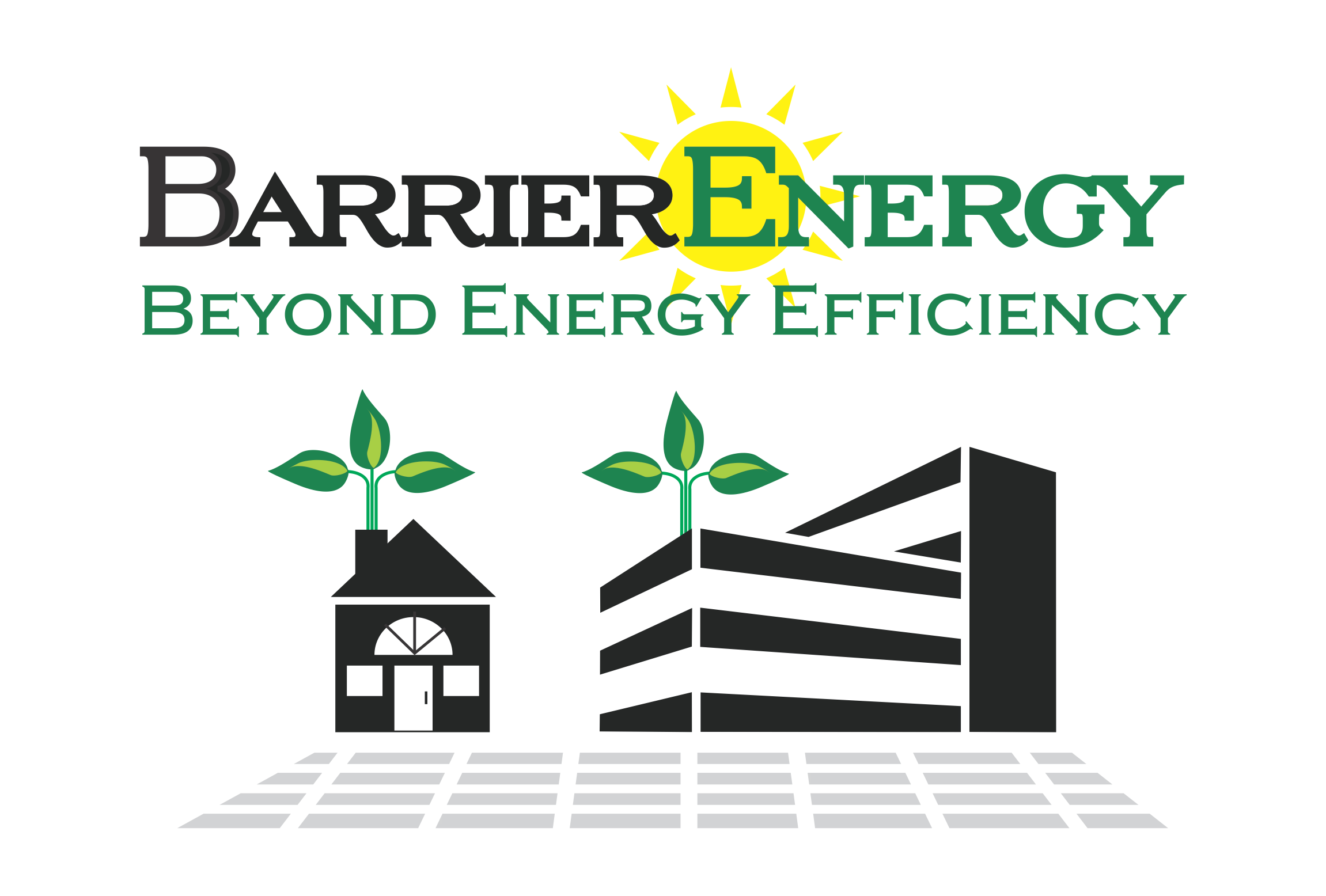Introduction to Energy Code Compliance:
The state of California has taken on the task of eliminating waste through progressive laws. California’s goal is to reach zero net energy by 2050. Zero Net buildings, for example, can supply all their own energy needs. Steadily, the California Energy Commission takes steps towards cleaner cars, alternative energy, and energy-efficient buildings. Energy Code Compliance in the construction industry is legally required and ensured by various tests and reports.
At BarrierEnergy, we are focused on efficient housing. Building codes regulate the energy efficiency of residential and commercial real estate. Our company performs compliance testing on new and altered construction, in order to ensure these codes are being followed. It’s important to regulate the materials builders use, as well as the systems they install. The California Energy Commission is responsible for updating these building efficiency codes every three years. Energy Code Compliance not only saves money and resources while protecting homeowners and communities.
Prescriptive Vs Performance Paths:
When getting a building permitted by local authorities, proof must be provided that it’s compliant with Energy Codes. Expert technicians test a wide array of building features for efficiency. Specialized building inspectors use the HERS (Home Energy Rating System) Index, which is a uniform system to measure the energy efficiency of buildings. We are known as HERS Raters. Energy Code Compliance requires thorough design planning and knowledge of current legislation. Owners and planners, however, have two options when it comes to this compliance system. There are two paths, if you may, called prescriptive and performance tracks.
Prescriptive Method
At first look, the prescriptive path may seem like the more straightforward option. This option presents a list of requirements that must be met exactly, according to the CEC (California Energy Commission) Title 24 Codes. In this approach, technicians simply go down the list, verifying each aspect of the building. However, this path can prove to be complicated because it offers little wiggle room. One main downside is that you cannot be rewarded for going above and beyond. It doesn’t matter if you buy the most efficient equipment, as long as you meet the minimum requirements. Let’s take a look at how the performance method differs.
Performance Method
The second option is the performance method. In this method, the efficiency of the building is considered as a whole. You can give and take efficiency from one system of the building to another, so long as you meet the mandatory efficiency score. Complex calculations must be made to find the most cost-effective, and efficient design plan. These formulas can make the process more complicated but offer more flexibility. A HERS Rater should be involved from the early designing phase, in this option, because we can assist in calculating these strategies. In the long run, the performance method can save money and resources.
Looking Ahead
Whichever path you choose toward your Certificate of Occupancy, you should seek the guidance and consultation of experts. Updates in Energy Codes can prove difficult to keep up with. Contact BarrierEnergy for your HERS and compliance needs. Our HERS Rating team wants your project to run smoothly. We have over ten years of experience backing us. Learn more about the services we provide.


Recent Comments